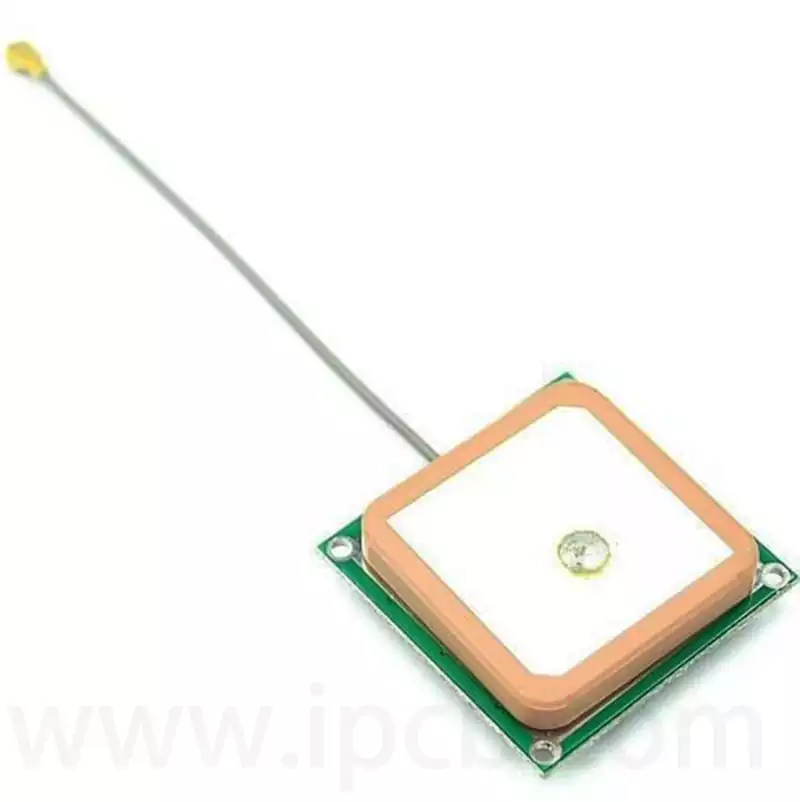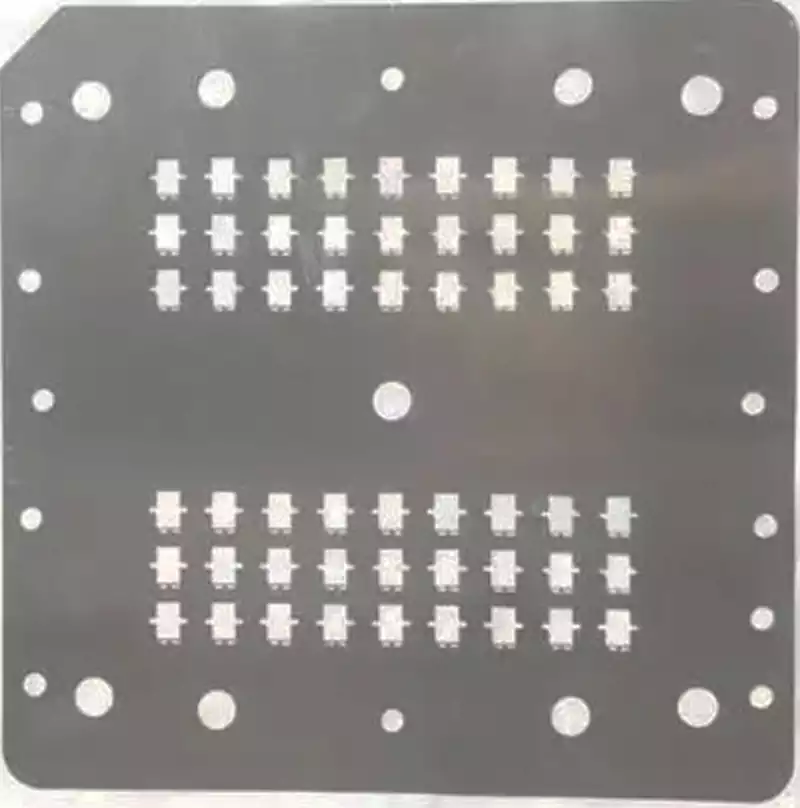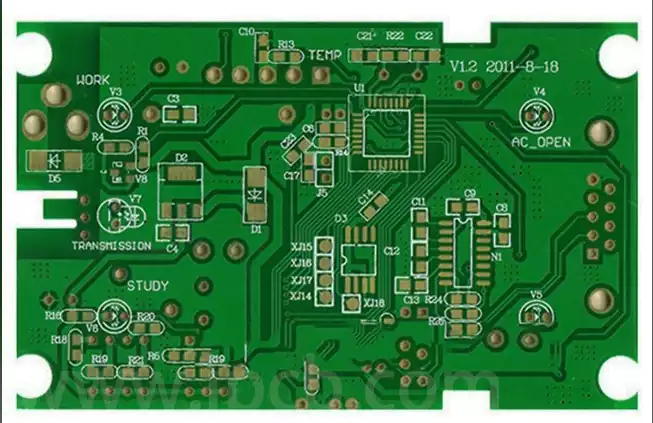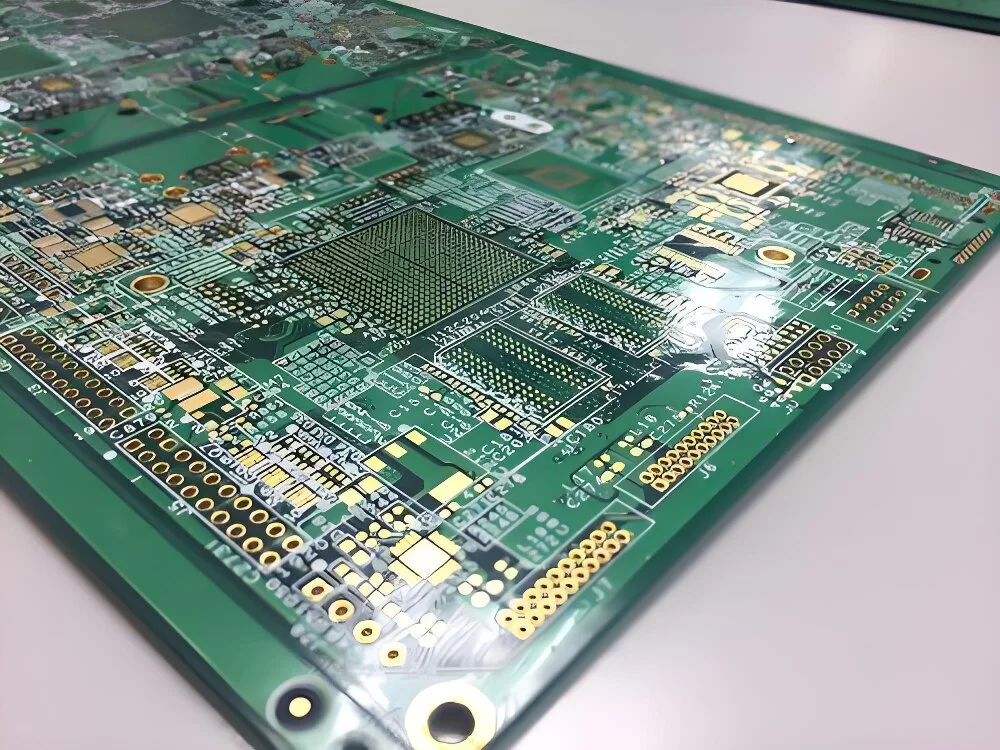Drone antennas, in essence, are devices mounted on unmanned aerial vehicles for receiving and transmitting radio waves. They serve as the bridge enabling communication between the drone and the external environment, ensuring the precise transmission of flight commands and the real-time return of flight data.
Depending on the application scenario, drone antennas can be categorised into various types, including but not limited to omnidirectional antennas, directional antennas, microstrip antennas, and phased array antennas. Each antenna type possesses unique advantages and suitable applications; for instance, omnidirectional antennas are ideal for communication requirements necessitating all-round coverage, while directional antennas provide enhanced signal gain in specific directions.
Steps and Key Considerations in Drone Antenna Design:
Define Design Requirements
Determine critical antenna specifications based on the UAV’s application (e.g., communication, altimetry, direction-finding), including operating frequency, gain, VSWR, beamwidth, and sidelobe level. For instance, a millimetre-wave radar antenna for UAV altimetry may require high gain and a narrow beam within a specific band (e.g., 24GHz) to achieve precise distance measurement.
Selecting Antenna Types
Common drone antenna types include microstrip antennas, metasurface antennas, and array antennas. Microstrip antennas offer low profile and lightweight characteristics, suitable for integration into drone airframes; metasurface antennas achieve broadband performance and high gain within minimal thickness; array antennas enhance gain and directivity through multiple radiating elements.
Determining Board Material and Parameters
Selecting suitable PCB material requires consideration of relative permittivity, thickness, and tangent loss. For instance, RO4350B material is frequently employed in millimetre-wave antenna design, featuring a relative permittivity of 3.66, tangent loss of 0.004, and a board thickness of 0.508mm.
Designing Radiating Elements
Calculate the dimensions of radiating elements (e.g., length and width of rectangular patches) based on operating frequency and substrate parameters.
Select feeding methods (e.g., microstrip side feeding) and achieve impedance matching through techniques such as slot formation.
Utilise simulation software (e.g., HFSS) to establish 3D models, optimise radiator performance, and ensure requirements for VSWR, gain, and other metrics are met.
Designing Antenna Arrays (if required)
Where a single radiating element fails to meet gain or beamwidth requirements, an array antenna may be employed. Determine the array configuration (e.g., linear or circular), element spacing, and feeding network. For instance, Taylor-weighted feeding can suppress sidelobe levels.
Simulation and Optimisation
Conduct full-band simulation of the antenna using modelling software to analyse parameters including VSWR, radiation patterns, and gain. Adjust antenna structure, dimensions, or feeding network based on simulation results to optimise performance.
Physical Fabrication and Testing
Produce physical antennas according to design documentation, ensuring manufacturing precision and process requirements.
Test VSWR using a vector network analyser. Evaluate performance metrics such as pattern and gain in a microwave anechoic chamber to verify compliance with design specifications.

Optimisation Strategies and Practices for Drone Antennas
- Antenna Layout and Material Selection
Drone antenna layout must holistically consider flight attitude, aerodynamic effects, and electromagnetic compatibility. Rational placement minimises mutual interference between antennas, enhancing overall communication performance. Concurrently, selecting lightweight, high-strength, low-loss materials—such as carbon fibre and ceramics—is crucial for reducing UAV weight and improving antenna durability. - Adaptive Beamforming Technology
Adaptive beamforming dynamically adjusts antenna radiation patterns based on received signal strength and quality, optimising transmission paths and enhancing communication efficiency. This technology excels in stabilising communications for UAVs operating in complex terrain or urban canyons. - Hardware-Software Co-optimisation
Drone antenna design operates not in isolation but in close integration with the overall drone system. Through coordinated hardware-software optimisation, antennas can achieve deep integration with flight control systems, navigation systems, and other components, thereby further enhancing the drone’s autonomous flight capabilities and intelligence levels.
Drone antenna design must balance performance with practicality. By employing scientific selection, precise optimisation, and technological integration, communication efficiency can be steadily enhanced, laying a robust foundation for reliable drone operation across diverse scenarios.



